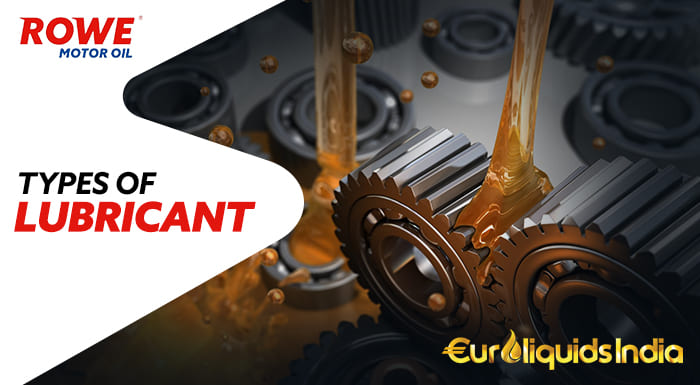4 Type of Lubricant and How to Use Them
 17 Mar 2021
17 Mar 2021
Lubricant is not just the fluid you pour into your car engine. In this article we shall look at the 4 types of lubricants and how to use them:
Oils
These are thin liquids that are composed of long chains of polymers, with the addition of additives for extra properties. Some of these additives are antioxidants, corrosion inhibitors, as well as detergents. The long chains of polymer make it hard to squeeze out from two surfaces so that they act as a slippery barrier between them. There are different weights of oils like 5W or 10W which indicate the viscosity. The lower the number, the thinner is the oil and the more ease of flowing. It is used in bearings, blade sharpening, tool maintenance, and hinges. Use this when you need to lubricate something without the inherent resistance of the grease. This is also useful when you need lubrication in a small space.
Greases
These are made by mixing mineral oil with thickeners like lithium-based soaps. Other than that, graphite, Teflon or molybdenum disulfide can also be used as additional lubricating particles. Greases have the lubricating power of oils with the added stickiness so that they adhere to surfaces in a better way. Greases are available in a wide range of consistencies and are used when you need the lubrication to stay in place or when to seal out contaminants like dust and water. Use greases when a machine is seldom used as a lubricating agent.
Penetrating lubricants
Penetrating lubricants come into play when there are years of rust and debris that need to be unclogged within minutes. They are not designed for long-lasting lubrication and happen to be low viscosity oils that are designed to infiltrate the minuscule cracks between adjoining surfaces to add lubrication and dissolve the rust. There are many different types of penetrating oil available in the market and some say that a mixture of vegetable oil and acetone works just as well.
Dry lubricants
Dry lubricants are composed of different lubricating particles like molybdenum disulfide, PTFE, graphite, and silicone. Seen at the molecular level, these particles are extra slippery, helping them to reduce the inherent friction between two surfaces. These lubricants can also be found in spray form, where they achieve the best efficacy. Use them in 3D printer rails, hinges, locks, as well as threaded rods.
These 4 types of lubricants are in use in diverse conditions and instances. Always consult a specialist before using them to be assured of the highest efficacy.